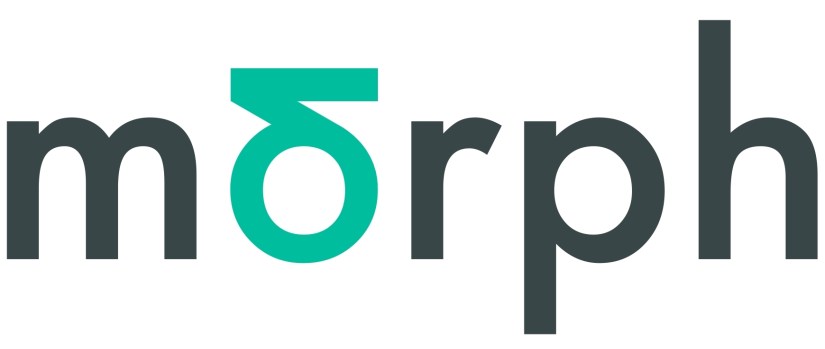
New ways of working – beyond hybrid
The world and its HR department are busy talking about working models at the moment, with the primary focus on how to make hybrid working work. If we’re going to throw things up in the air, as Covid19 has forced us to do, let’s take the time to think expansively about what work and teams should look like in the future. As well as thinking about remote vs on premise, let’s think a bit about inhouse vs outsourced and whether all of your team need to be formal employees.
Flexible resource
There are a lot of strong arguments for what has traditionally been called a Contingent Workforce: a labour pool hired on an on-demand basis consisting of freelancers and consultants who are not on the company’s payroll. A contingent workforce provides a business with agility and flexibility and saves on administrative costs.
Elastic vs Contingent
While this has traditionally been termed a “Contingent Workforce”, the current buzz term for this is “Elastic Workforce” and I must say I really prefer that.
While Contingent Workforces are all about cost management, Elastic Workforces are all about, what is to me, the most exciting advantage of having access to expert freelancers and consultants: addressing skills gaps by gaining rapid access to experienced professionals already equipped with the skills required to support and deliver effectively. So, the focus of an Elastic Workforce is on what it allows you to do if you flex and stretch, take a fresh perspective and combine it with your established expertise and experience. “Elastic” focuses on the value you can add to the business vs the costs you can contain.
For you to really maximise on the ROI of an Elastic model, you have to view your freelancers and consultants as a network of partners vs as a supplier list. You have to work with people you can trust, invest in your relationships with them, keep them close so that they have a fundamental understanding of your company culture and can operate as a fluid and effective extension to your team.
Elastic heart
In the words of Sia, I have an elastic heart, I’m very happy to jump in and become an extension to my clients’ teams and they tell me that this gives them excellent ROI. And in turn, morph relies on an elastic multidisciplinary workforce of trusted experts to ensure that we have the right tools and capacity to deliver.
In recent months, I’ve been working closely with a client team, providing them with support in developing a future-facing diversification strategy. And I now move forward in supporting them with developing marketing excellence to support that transformation. I’m there to turn my hand to whatever other support may be needed. The arrangement works, because it works, there are no retainers, no punitive cancellation charges, extreme flexibility. It’s different from the traditional client-agency relationship and it yields better results.
Is Elastic for you?
Need some help shaping or implementing your marketing strategy? Need an extra pair of hands and a fresh pair of expert eyes to get you through an intensive strategy planning phase? Do get in touch and let’s see how we can help.
Elastic not plasticine
Finally, I need to bust a myth. A few have posed the theory that morph takes its name from a little orange plasticine man, Morph, star of 70’s BBC kids’ art show Take Hart. I have to admit, Take Hart was a major inspiration for me in my formative years and, yes, there are quite some parallels between morph and Morph. As you’ll see from this video, Morph (the orange plasticine man) is always changing, shape-shifting, stretching, flexing and adapting, the perfect role-model for the modern market researcher.
Here’s a handy article on how you can keep your workforce elastic: https://hrdailyadvisor.blr.com/2020/09/16/what-is-an-elastic-workforce/

